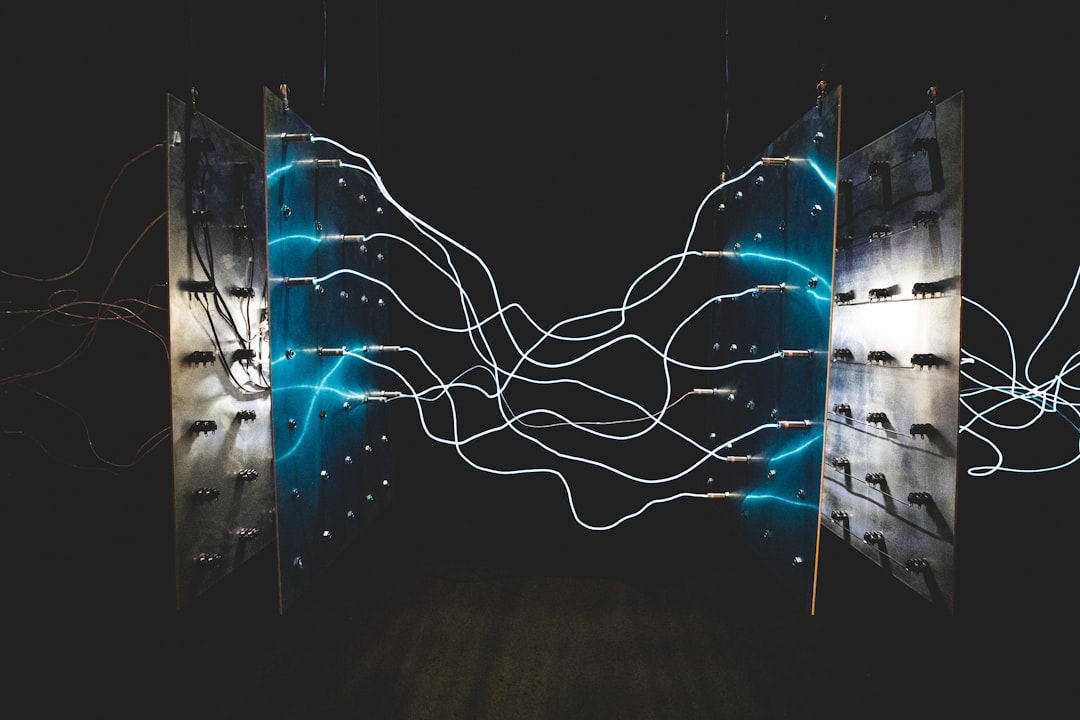What is it about?
Four aspects of Barbara Temaner Brodley’s practice of ‘classical’ client-centered therapy (CCT) are appraised in ways to suggest a rapprochement with the process-guiding experiential therapies that she opposed. First, I discuss her affinity with, and alienation from, these therapies particularly in relation to her conceptions of the ‘empathic understanding response process’ and ‘presence.’ Second, her therapeutic work is analyzed utilizing Gendlin’s process model, particularly in terms of Gendlin’s ‘interaction first’ principle and his process conception of embodied time. Third, I discuss her scientific attitude in relation to her extensive empirical analysis of Rogers’ verbalized empathic responses that informed her distinctive CCT perspective and opposition to Gendlin. Finally, I focus upon the paradox of Brodley’s self-disclosure and therapist-frame responses when she responded to a client’s questions or requests for advice. I conclude that Brodley worked effectively with her clients at a deeper relational level than her theoretical exposition suggests.
Featured Image

Photo by Federico Respini on Unsplash
Why is it important?
Both Barbara Brodley and Eugene Gendlin made a significant contribution to Carl Rogers' person-centered psychotherapy. This article clarifies the similarities and differences between Brodley and Gendlin.
Perspectives
I hope this article encourages readers to re-think their positions regarding two important therapists. Brodley’s practice of CCT provided an empathic and respectful kind of listening space that supported her clients’ self-determination, capacities for constructive change and self-acceptance of their own subjective experiencing. I show how Brodley's perspective can be enriched byGendlin's process model.
Dr Ross Crisp
Read the Original
This page is a summary of: Re-visioning the ‘radical purist’ Barbara Temaner Brodley in relation to Gendlin’s process model, Person-Centered & Experiential Psychotherapies, July 2020, Taylor & Francis,
DOI: 10.1080/14779757.2020.1796772.
You can read the full text:
Contributors
The following have contributed to this page










